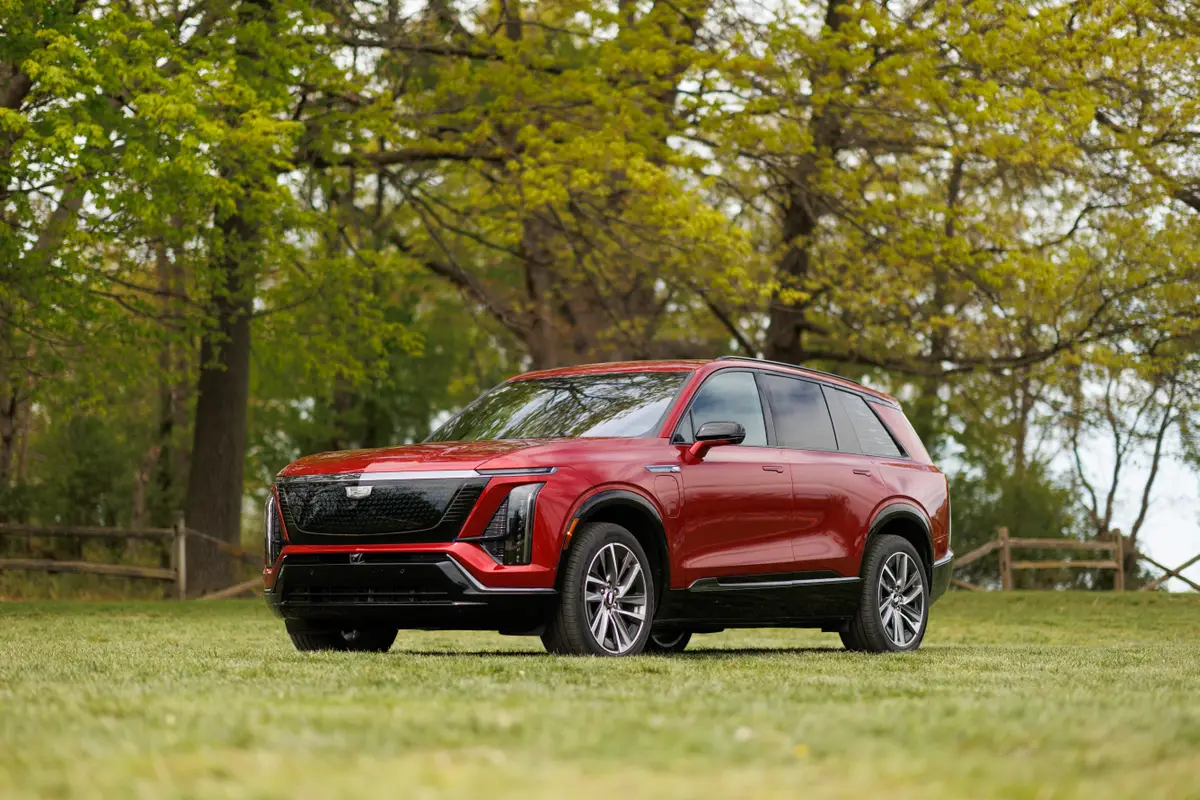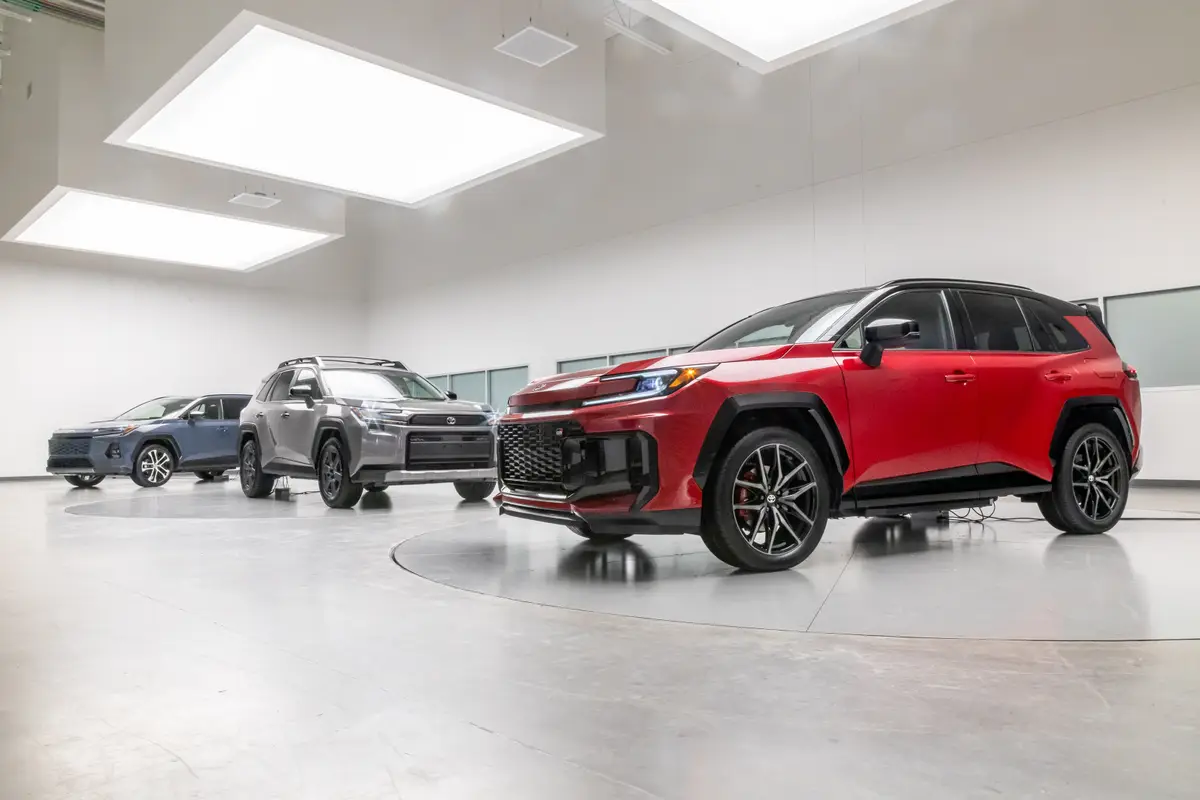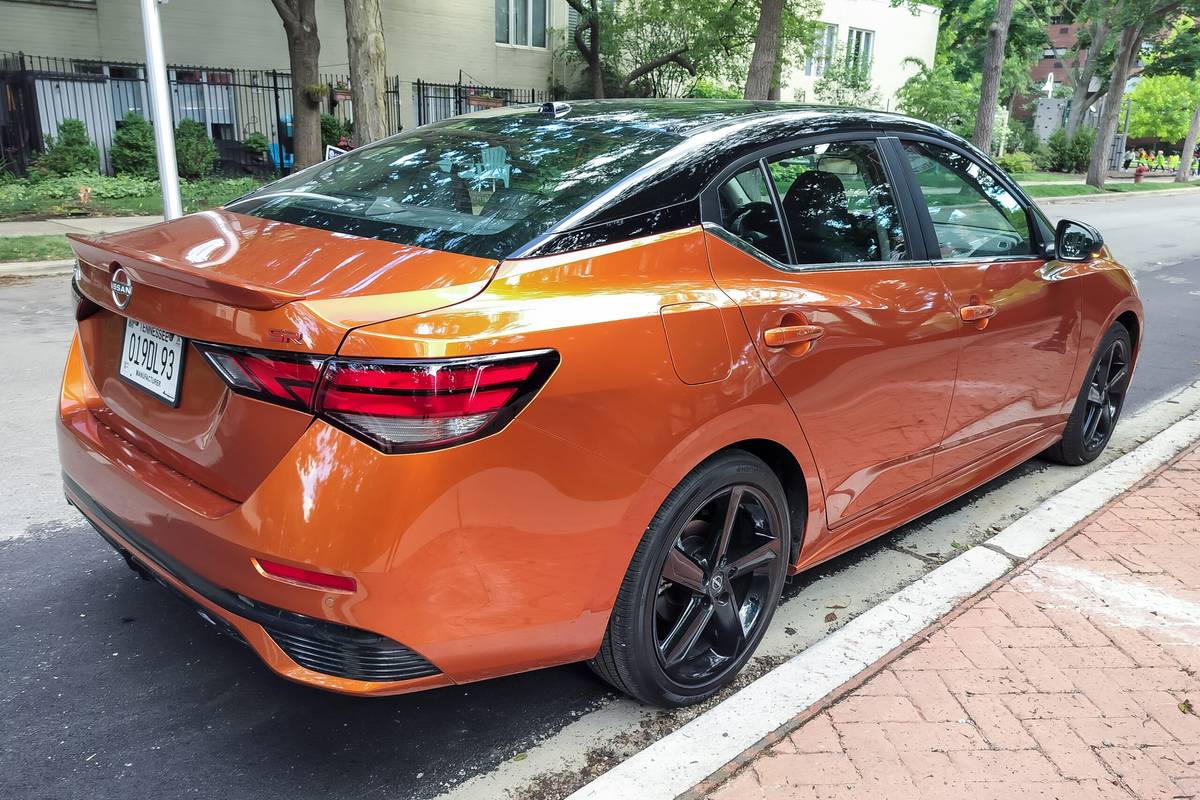2006 Suzuki Forenza: What's New
Vehicle Overview
Introduced early in 2004, Suzuki’s premium compact sedan actually began its life as a Daewoo vehicle. Like the company’s midsize Verona sedan, the Forenza is a product of General Motors’ investment in the bankrupt Daewoo organization of South Korea. GM owns a stake in Suzuki.
Both the Forenza and Verona target value-oriented buyers. The Forenza was partially designed by Pininfarina in Italy, and its 2.0-liter four-cylinder is rated at 127 horsepower. Rivals include the Honda Civic, Nissan Sentra and Toyota Corolla.
Seat-mounted side-impact airbags were installed in all models for 2005. Fresh front-end styling, a new wheel design and a revised interior mark the 2006 Forenza. Suzuki also adopted a simplified trim-level strategy for 2006, with a single base trim level and an available Premium Package. The Forenza meets ULEV-II (Ultra Low Emissions Vehicle) emissions requirements.
A Forenza Wagon joined the sedan for the 2005 model year.
(Skip to details on the: Forenza Wagon)
Exterior
Suzuki touts the Forenza’s “gracefully curved roofline and uniquely free-flowing silhouette,” noting that it provides maximum visibility. Clear, oversized taillamps complement European-style dual cylindrical halogen headlights, and the side molding is color-keyed.
Restyling for 2006 involves the grille, front fascia, new pull-out door handles and available fog lamps. Speed-sensitive power steering and all-disc brakes are installed. Measuring 177.2 inches long overall, the Forenza rides a 102.4-inch wheelbase and stands 56.9 inches tall. Steel or aluminum wheels hold 15-inch tires.
Interior
Up to five occupants can fit inside the Forenza. The instruments are rimmed with metallic silver accents, and the panel emits a jade-green glow for night driving. Equipped with three head restraints, the 60/40-split rear seats fold flat.
Height and lumbar support adjustments for the driver and a tilt steering wheel are included. The padded front center armrest contains a storage compartment. Trunk space totals 12.4 cubic feet.
Standard equipment includes air conditioning with micron air filtration, heated mirrors, and power windows and locks. A standard in-dash cassette/CD stereo system includes eight speakers. Suzuki’s Premium Package adds cruise control, a leather-wrapped steering wheel with audio controls, remote keyless entry, 15-inch alloy wheels, fog lamps and antilock brakes.
Under the Hood
The Forenza’s 2.0-liter four-cylinder produces 127 hp at 5,600 rpm and 131 pounds-feet of torque at 4,000 rpm. Either a four-speed-automatic or five-speed-manual transmission can be installed. A “hold” button for the automatic prevents gear hunting in hilly terrain.
Safety
Antilock brakes with electronic brake-force distribution are included in the Premium Package. Seat-mounted side-impact airbags are standard. Each rear occupant gets a three-point seat belt. �
Forenza Wagon
Late in 2004, a Forenza Wagon joined the original sedan in Suzuki’s lineup. Like the sedan, the wagon uses a 2.0-liter four-cylinder that develops 127 hp and 131 pounds-feet of torque. Cargo space totals 24.4 cubic feet.
All-disc brakes, side-impact airbags, roof rails, air conditioning, an eight-speaker cassette/CD stereo and a 60/40-split, folding rear seat are standard. Wagons can be equipped with the optional Premium Package.
Except for a couple of ergonomic annoyances, including the steering-wheel radio controls, the Forenza Wagon is enjoyable to drive. Performance with the automatic transmission is satisfactory — even a touch spirited — though acceleration yields typical small-car engine blare.
Ride comfort is quite nice and generally smooth even in the city, with few unpleasant motions. Steering and handling are typical compact-car, but visibility is excellent. The seats are comfortable, and there’s plenty of space in the front. Backseat room isn’t bad, either. Cargo space is ample, and items are easy to load. Back to top
Featured stories

2026 Cadillac Vistiq Review: Luxuriously Normal



